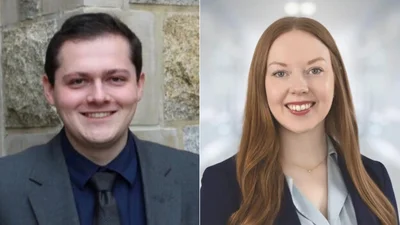Gathering places such as parks, people’s living rooms, and city streets are foundational to identities and communities. In these spaces, LGBTQ Latinos formed groups, found refuge, resisted oppression, and created a deeper sense of what it means to be Latino and LGBTQ.
In spite of erasure and exclusion, the LGBTQ and Latino communities have preserved the symbolic and tangible remains of LGBTQ and Latino history. Even when historic places are no longer standing, art can document these stories and make the layers of history visible.
Explore the role of 6 historic places in celebrating Latino LGBTQ visibility and community in the US.
Source: U.S. Department of the Interior, National Park Service





